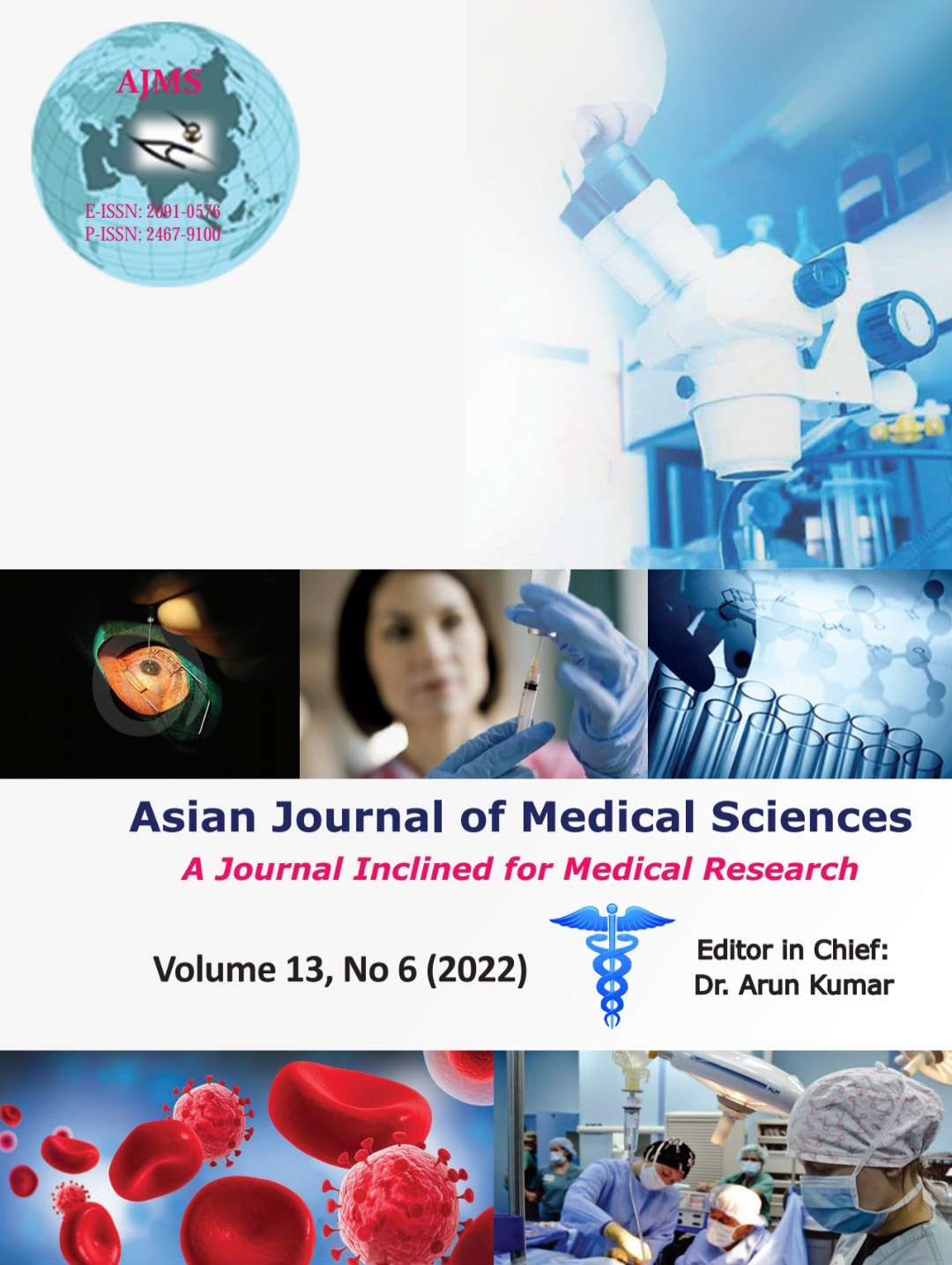Knowledge, attitude, and practice about air-borne infection control guidelines: A cross-sectional study among residents doctors of tertiary care hospital in central India
Keywords:
KAP, Healthcare workers, National air-borne infection control guidelines, ResourcesAbstract
Background: Adherence to National Airborne Infection Control Guidelines (NAIC) by health-care facilities is an effective way of reducing the spread of air-borne infections such as H1N1, drug-resistant tuberculosis, and COVID-19 disease.
Aims and Objectives: This study aims to assess the gaps in knowledge, attitude, implementation, and satisfaction regarding resources availability of NAIC among postgraduate resident doctors.
Materials and Methods: Across-sectional study was conducted from December 2019 to February 2021 at a medical college in central India. Total 301 interns, postgraduates, and senior residents in surgery and medicine allied clinical departments were included by convenient sampling method. A pre-designed, self-administered questionnaire was used to assess knowledge, attitude, and practice (KAP) and their satisfaction with available resources regarding NAIC. The data collected were tabulated and were analyzed using descriptive test and comparison of means by Analysis of variance test.
Results: Almost 95%, 77%, and 74% of study participants were having adequate KAP on NAIC, respectively. Sixty-one percent participants were satisfied with the resources availability in their work area. Statistically significant association was observed between participants age, designation with their KAP score (P<0.05) and between gender and essential resources provided in the hospital. There was an existence of difference between study participants mean KAP score and essential resources score with statistically significance (P<0.05).
Conclusion: The overall KAP was adequate, but there was a gap that exists between knowledge, practice, and satisfaction for availability of essential resources. The study findings were useful for healthcare workers in designing interventions to improve the adherence toward the NAIC guidelines and also to benchmark evaluation of interventions.
Downloads
Downloads
Published
How to Cite
Issue
Section
License
Copyright (c) 2022 Asian Journal of Medical Sciences

This work is licensed under a Creative Commons Attribution-NonCommercial 4.0 International License.
Authors who publish with this journal agree to the following terms:
- The journal holds copyright and publishes the work under a Creative Commons CC-BY-NC license that permits use, distribution and reprduction in any medium, provided the original work is properly cited and is not used for commercial purposes. The journal should be recognised as the original publisher of this work.
- Authors are able to enter into separate, additional contractual arrangements for the non-exclusive distribution of the journal's published version of the work (e.g., post it to an institutional repository or publish it in a book), with an acknowledgement of its initial publication in this journal.
- Authors are permitted and encouraged to post their work online (e.g., in institutional repositories or on their website) prior to and during the submission process, as it can lead to productive exchanges, as well as earlier and greater citation of published work (See The Effect of Open Access).




